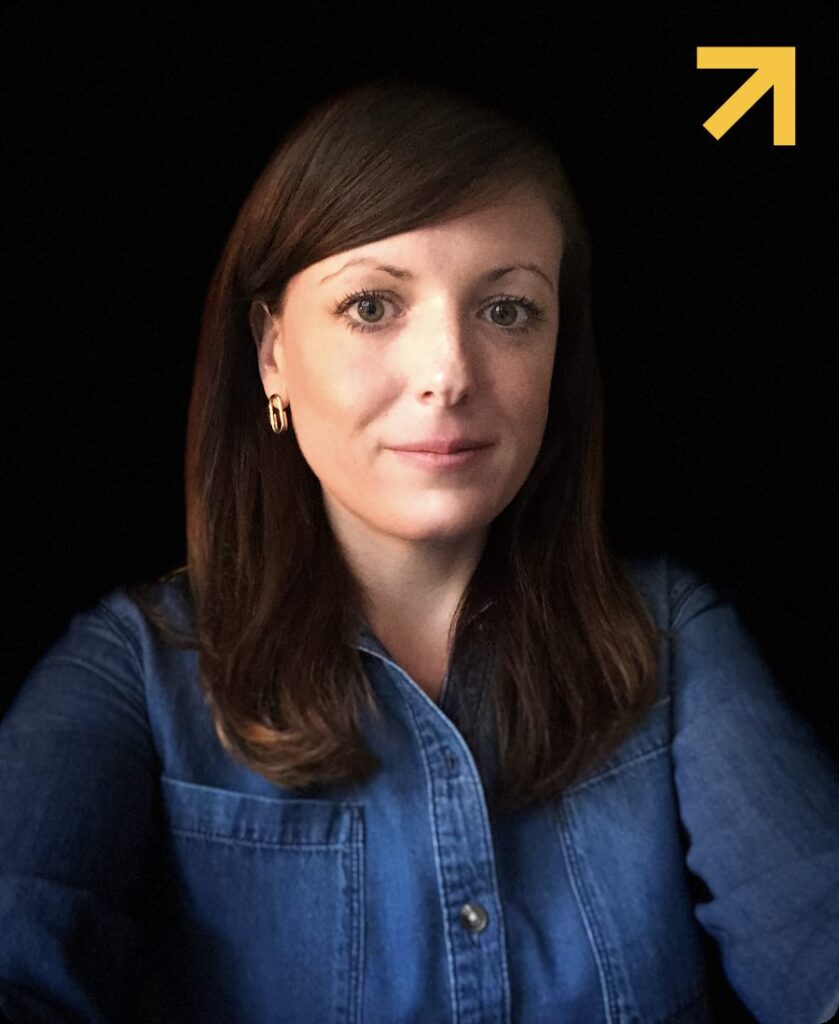Why do people decide to implement OKRs to shift towards an impact-driven approach? What is the reality behind the need to implement this method? What do OKRs and their practice really mean? What does your organization need to truly embark on this practice? Are you ready? Are you equipped for (training, implementation support, management sponsorship, organizational maturity level, etc.)?
The intention of this article is to warn you: don’t rush things and don’t neglect all these fundamental questions. But also to give you keys to understand why these questions are so important: because applying a method or a framework requires asking yourself the question “Why do we want to use it?” but also “where you are in terms of Product and Agile maturity” because everything is linked. OKRs are not magic, they will not solve all your problems with a wave of a magic wand. It is a complex method to implement, which requires a certain level of Product and Agile maturity.
Assessing Product Maturity
When you start coaching teams and leaders to implement this method, you need to first “map” where the organization stands in terms of Product Maturity.
To do this, it is useful to use the Agile Fluency model (created by Diana Larsen and James Shore). The parallel with assessing an organization’s Product Maturity was obvious because everything is interconnected: agility, like value-driven Product Management, are closely related mindsets.
This parallel with the Agile Fluency model provides a slightly different perspective: a new way of looking at things and keys to knowing where to place the cursor, seeing potential areas for improvement, and identifying associated practices to adopt, implement, test, and embed.
Disclaimer: This article does not aim to present all the subtleties of the Agile Fluency model, but rather how it can be used it in organizational coaching. For a deeper understanding and to explore the model further, it is recommended to read the works of Diana Larsen and James Shore.
Impact-driven management is a synergy between strategy and execution, hence the importance of aligning the two (which is the foundation of the OKR method). Two examples illustrate the importance of this alignment:
- Execution without strategy: Rapidly delivering a product without prior strategic ambitions or work on product value will have little to no impact on users.
- Strategy without execution capability: You’ve written a superb product strategy “on paper,” but you’re unable to build iteratively, deliver at the right time, and gather user feedback. Consequently, your product won’t reach its target in terms of impact, and/or the time to market will be too long. The success of a product is not simply about a good strategy or efficient execution. It lies in the synergistic combination of both elements. By focusing efforts on a clear strategy and agile execution, teams can maximize the impact of their product on users and the market.
Agile Fluency and Product maturity: knowing and understanding where you stand?
First of all, it’s important to understand this model: it’s empirical, but very telling.

The starting point: “Non-Agile”
Teams often focus on technical aspects, such as software layers, and adopt an individual approach to work.
Teamwork is not necessarily formalized, and there may be a lack of alignment between members.
Individuals can work on broad scopes and over long periods without clear visibility on results.
The Product approach is not yet adopted and the mindset remains project-oriented. Project managers often navigate by sight, with rough plans based on arbitrary dates set by management.
Development is done without a clear vision of the impact on users and without understanding the need to quickly test hypotheses in the field.
If you are at this stage, OKRs are not the right starting point to make a change and move towards a Product Culture: you will first need to work on the shift in terms of team culture, and train in agility and what it entails in terms of practices.
Moreover, implementing OKRs is antithetical to project management: the management by objectives (SMART) by Peter Drucker is more suited to this stage.
The First Stage: Focusing
This is primarily a shift in mindset, as the transition from non-agile to a value-centric approach requires a profound cultural change. Teams that master this art adopt a supportive posture and set common goals. They think and plan based on the benefits that their sponsors, customers, and users will derive from the Product.
In terms of implementing agile practices: it is at this stage that appear the backlog prioritization by value, retrospectives, visual management, the notion of “time boxing”, team charters and rules, peer feedback, and other agile practices.
If we draw a parallel with the adoption of the Product mindset, this is also the moment when the role of the Product Owner emerges and becomes crucial to anchoring the Product mindset. The evolution towards this role is gradual, requiring training and agile acculturation within the organization.
This passage implies a deep transformation in the way of working, collaborating, thinking, and designing products. User stories, for example, replace the traditional specification and represent a major change in how a product is built.
In summary, focusing on value is not just a simple methodology, but a profound cultural transformation. The adoption of agile practices and the evolution towards a Product mindset are key elements to succeed in this change.
If you are at this stage, the OKR method is still a bit too complex to be implemented in your organization: make sure you already have a clear and shared Product vision, this is the starting point.
The second stage: Delivering
Teams that reach this level no longer just think about business value, they deliver it when they want it and with complete autonomy. This second stage is quite technical and reflects the increasing skills of the tech teams (Extreme Programming, DevOps, CI/CD, refactoring, pair-programming, etc.).
It’s also at this stage that Product Culture takes root: teams begin to question the meaning of their work, the “why” rather than the “how.” However, they still remain focused on delivery. Moving from the “how” to focus on the “why” is not easy. It involves questioning assumptions, problems, and their link to product strategy, business, and user needs.
At this stage of maturity, the adoption of a simplified OKR approach focused on ambitions and impacts may emerge.
This approach encourages teams to think about product strategy and the tactics to be implemented. It is also a good way to align and communicate. It is also at this stage of maturity that teams make better use of their data: they ask more questions about the KPIs to follow to track product performance and better understand their users.
Product teams also start to dedicate more time to Discovery, because by questioning the impact of their product, they mechanically seek answers to their questions, so they go exploring. However, the balance between delivery and discovery is still difficult to find, but necessary to grow and gain additional maturity.
And finally, other practices are adopted such as User Storymapping, A/B testing, user testing and UX research…
If you are at this stage, implementing a simplified framework such as “ambitions/impacts” linked to a Product vision is a first good step towards impact-driven management. This adoption will take several years of trial and error.
The third stage: Optimizing

This third stage is for organizations that have shifted their entire organizational structure: the product is at the center, and Product Management is deployed on a large scale. It’s the realm of strategic and operational excellence: not only do we deliver value, but we deliver it when it makes sense for the market (not just when we’ve decided to deliver it, which is an important nuance).
Market-leading organizations are generally in this space. The organization’s reason for being is to quickly understand what’s happening in the market, anticipate, and innovate. In practice, we test our hypotheses quickly and are not afraid to pivot rapidly. This is where practices like Lean Startup, Design Thinking, and the Beyond Budgeting approach are adopted.
On the management side, we’re also talking about the practice of Management 3.0 with “coach-leaders” versus an older, more pyramidal management system. On the product side, the highest level is reached. The OKR method is implemented at the strategic level of the department, for example. The reflexes and rituals linked to this method are anchored: everything converges towards the OKRs. Weekly follow-up, communication about strategic and tactical progress, everything is connected.
Another point that highlights this level of product maturity is the use of data. By putting data at the heart of decision-making: teams are “data-driven”, everything is driven by data. It is also at this level of maturity that we find “north star metrics” (as defined by John Cutler).
At the team level: collaboration is close beyond the prism of Product teams alone, it is a strong component of the success of impact-driven management. Product teams are constantly connected with customer service and business experts to create a unity and ensure a clear sharing of strategic ambitions and the means to achieve them collectively. Finally, Teresa Torres’ Continuous Discovery approach is adopted by Product teams through various practices, which makes it possible to meet user needs at the right time, or even anticipate them or create new ones, to achieve the ambitions and impacts they have set for themselves.
In summary, this level is characterized by a high level of maturity in the construction of strategy and product, with optimal use of data and close collaboration between teams (and this at all levels of management).
If you are at this stage, the implementation of OKRs should go well, since all the indicators are in “green” for impact-driven management with strategic ambitions set at the management level (top down) and a definition of tactical impacts by Product teams (bottom-up). Also, due to the maturity of the organization, the implementation and the monitoring of the framework should be easier.
The last one: Strengthening
This last stage is not an end by definition: Diana Larsen and James Shore consider it “the future of Agile”. Few organizations have reached this level of maturity today: we are talking about liberated companies, sociocracy, holacratic systems…
On the Product Culture side, if we have to draw a parallel, we are on the “grail” that is to say Empowered Teams as described by Marty Cagan. And this obviously implies having adopted all the practices and principles mentioned previously.
To finish with the OKR method, it would mean that the entire organization transcends the method: that it is adopted, mastered and adapted by the entire organization (including in decision-making at the executive committee level).
To conclude
Impact-driven management is above all about taking small steps and transforming towards a more Product-Centric Culture. It’s therefore essential to understand where your organization is now and where you want to take it.
This approach is not trivial: it requires support, training, coaching, and above all sponsorship to be gradually deployed more widely.
If you have already tried to implement the OKR method on your own and have not succeeded, it’s not a fatality, it’s almost normal. Like any method applied ‘by the book’, it requires building a custom framework that takes into account your culture, your expectations, and your maturity.
This article was written by Marion Lecerf
Marion is a Product Coach with over 15 years of experience in Product Management, Change Management, and coaching teams and organizations of all sizes. She specializes in Product Organization coaching and in facilitating and training around the OKR methodology. Her goal is to foster collaboration and alignment, purpose-driven action, autonomy, and agility within the teams she supports. She has accompanied the digital transformation of Decathlon Digital, Bpifrance, or La Française des Jeux. Marion’s unique approach combines strategic thinking, hands-on experience, and a deep understanding of human behavior to drive sustainable change.

The original article in french is on Fluho’s Blog where you can find more articles related to OKRs & Product Management.


